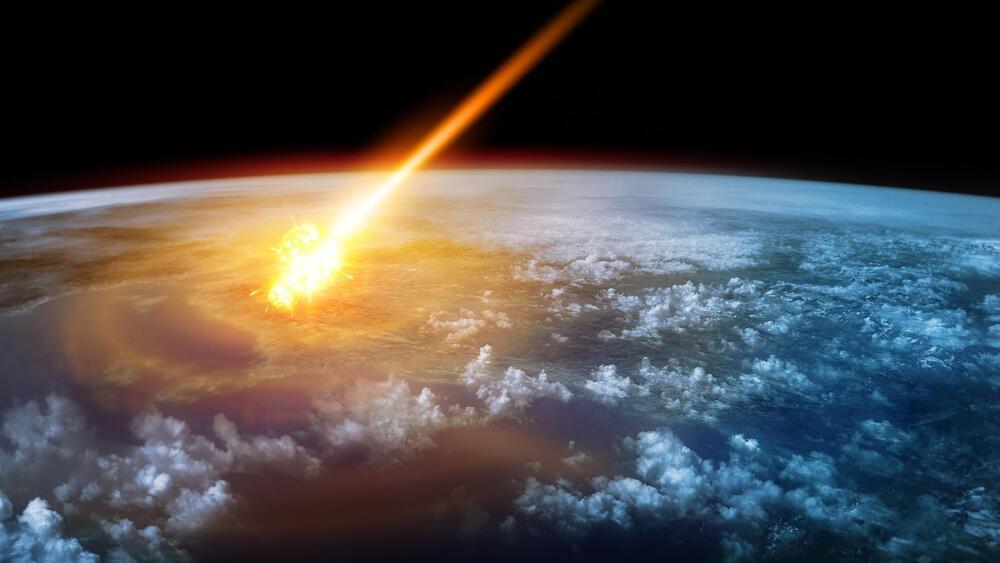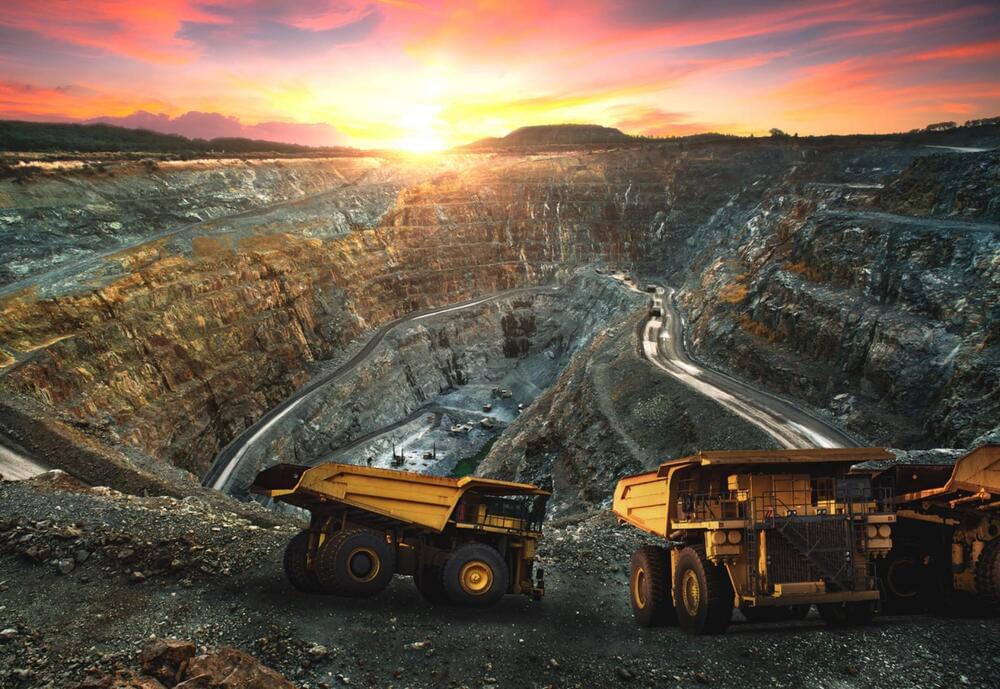This research could potentially lead to a better understanding of the galaxy and its many mysteries.
It’s a cosmic riddle: How can galaxies remain together when all the matter we observe isn’t enough to keep them intact? Scientists believe an invisible force must beat play, something so mysterious they named it “dark matter” because of its lack of visibility.
This mysterious presence accounts for nearly three times more than what we can observe — a startling 27% of all existence! The mysterious dark matter is a profound mystery to scientists, its existence making up nearly one-third of the universe’s energy and mass yet remaining elusive due to its ability to avoid detection.
IStock / agsandrew.
This mysterious presence accounts for nearly three times more than what we can observe – a startling 27% of all existence! The mysterious dark matter is a profound mystery to scientists, its existence making up nearly one-third of the universe’s energy and mass yet remaining elusive due to its ability to avoid detection. Dark matter particles move relatively slowly, which explains why it has been mostly concealed from view until now.







